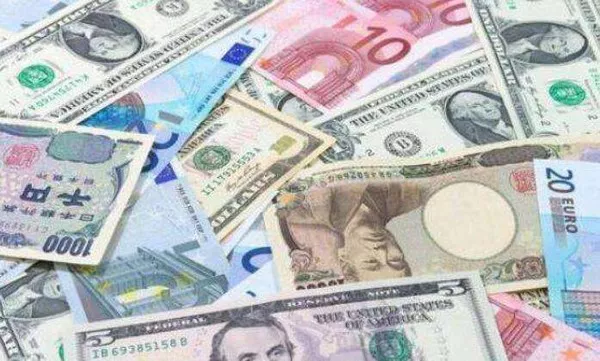In the dynamic world of international finance, exchange rates play a pivotal role in determining the value of currencies. For individuals engaged in cross-border transactions or planning overseas ventures, staying abreast of the current exchange rates is crucial. In this article, we delve into the intricacies of the current AUD (Australian Dollar) exchange rate and specifically explore the value of $40 AUD in US Dollars. To comprehend this, it is imperative to understand the broader economic context, factors influencing exchange rates, and the mechanisms that drive currency valuation.
Understanding Exchange Rates
Exchange rates represent the value of one currency in terms of another and are influenced by a myriad of factors, both domestic and international. Central banks, economic indicators, geopolitical events, and market sentiment all contribute to the fluctuations in exchange rates. In the case of the AUD to USD (Australian Dollar to US Dollar) exchange rate, understanding the economic conditions of both Australia and the United States is pivotal.
The Current AUD to USD Exchange Rate
As of the latest available data, the AUD to USD exchange rate stands at 0.65. It’s essential for individuals and businesses alike to regularly check and monitor this rate, as it directly impacts the cost and value of transactions involving these two currencies.
Economic Factors Influencing the AUD
The strength or weakness of a currency is often reflective of the economic health of its issuing country. In the case of the Australian Dollar, several key economic factors influence its valuation:
Interest Rates: Central banks, such as the Reserve Bank of Australia (RBA), play a crucial role in setting interest rates. Higher interest rates can attract foreign capital, leading to an appreciation of the currency.
Economic Indicators: Economic indicators such as GDP growth, employment rates, and inflation significantly impact the value of a currency. Positive economic data can bolster confidence in the Australian economy and contribute to a stronger AUD.
Commodity Prices: Australia is a major exporter of commodities, particularly iron ore and coal. Fluctuations in global commodity prices can have a substantial impact on the Australian economy and, consequently, the AUD.
Factors Influencing the USD
The United States Dollar, as the world’s primary reserve currency, is influenced by a different set of factors:
Federal Reserve Policies: The U.S. Federal Reserve’s decisions on interest rates and monetary policy have a profound impact on the value of the USD. Changes in interest rates can attract or repel foreign investment.
See Also:Current AUD Exchange Rate:What is $1500 AUD in USD
Economic Data: Similar to Australia, economic indicators like GDP growth, employment rates, and consumer sentiment play a significant role in shaping the value of the USD.
Global Geopolitical Events: As a global economic powerhouse, the United States is sensitive to geopolitical events. Political stability and trade relations can impact investor confidence in the USD.
The Mechanism of Currency Conversion
Understanding the mechanics of currency conversion is crucial when determining the value of a specific amount in another currency. When converting $40 AUD to USD, the exchange rate serves as the conversion factor. Using the formula:
Value in USD=40 AUD×0.65=26 USD
This calculation provides the real-time equivalent of $40 AUD in US Dollars.
Implications for Individuals and Businesses
The value of $40 AUD in US Dollars may seem nominal, but for individuals and businesses engaged in frequent cross-border transactions, understanding these fluctuations is paramount. Whether it’s for travel expenses, online purchases, or international trade, being aware of the current exchange rate helps in making informed financial decisions.
Strategies for Dealing with Currency Fluctuations
Given the inherent volatility in exchange rates, individuals and businesses can employ various strategies to mitigate risks associated with currency fluctuations:
Forward Contracts: Businesses engaged in international trade can use forward contracts to lock in a specific exchange rate for future transactions, shielding them from adverse currency movements.
Hedging Instruments: Currency options and futures are financial instruments that allow individuals and businesses to hedge against potential currency risks.
Diversification: Maintaining a diversified portfolio of currencies can help spread risk and reduce the impact of adverse exchange rate movements.
Conclusion
In conclusion, the current AUD exchange rate is a critical aspect of the global financial landscape. Understanding the factors influencing the Australian Dollar and the United States Dollar, along with the mechanisms of currency conversion, empowers individuals and businesses to navigate the complexities of international transactions. By calculating the value of $40 AUD in US Dollars using the latest exchange rate, one can gain practical insights into the real-world implications of currency fluctuations. Staying informed and adopting risk management strategies are key to thriving in an interconnected and dynamic global economy.
Related Topics:
Current AUD Exchange Rate: 1 AUD in Nepali Rupees
Current AUD Exchange Rate: How Much is $120 AUD in GBP?
Current AUD Exchange Rate: What is 100 AUD in INR?


























